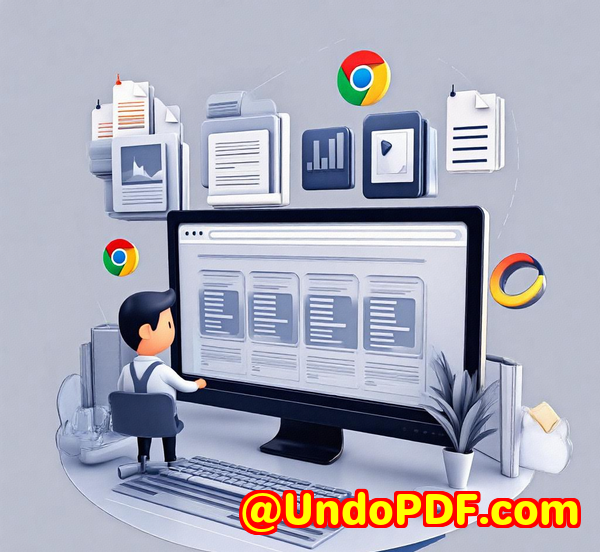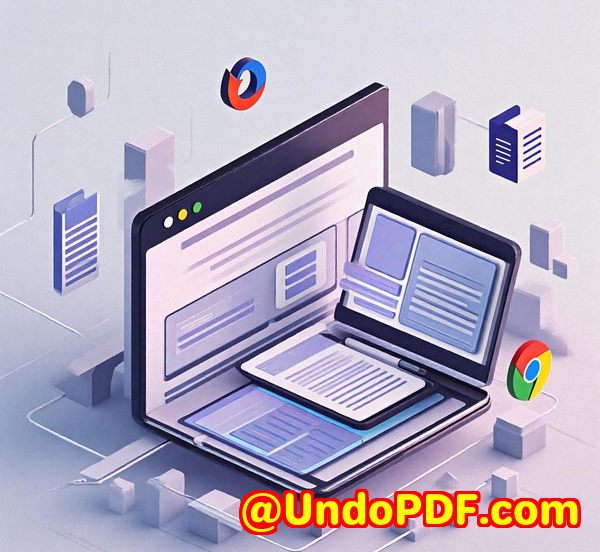How to Detect and Decode Multiple QR Codes with a JavaScript-Based Web Scanner
How to Detect and Decode Multiple QR Codes with a JavaScript-Based Web Scanner
Meta Description
Unlock seamless barcode scanning with the VeryUtils JavaScript Barcode Scanner SDK. Learn how to detect and decode multiple QR codes easily on your website.

Opening Paragraph
Ever been in a rush at the warehouse, trying to scan a bunch of products and needing quick, accurate barcode scanning? That’s the reality for many in retail, logistics, and other industries where scanning multiple items in a flash can make or break the workflow.
But the problem is: scanning multiple barcodes at once is harder than it sounds. You’ve got QR codes with different angles, maybe some blurry or damaged ones, and sometimes, you’re scanning in tricky lighting. Sure, a barcode scanner might work fine one day, but the next, it can’t handle the volume or complexity of what you need.
If this sounds familiar, keep reading. Because I’ve found a solution that’s not just fast and reliableit’s built for developers to integrate seamlessly into any web application.
Product Solution + Personal Experience
How I Discovered the VeryUtils JavaScript Barcode Scanner SDK
A few months ago, I was deep into a project where I had to set up a barcode scanning solution for a retail client. They were trying to speed up their checkout process and improve inventory tracking by scanning multiple barcodes simultaneously. The current system they were using couldn’t handle batch scans properly and frequently missed damaged or poorly printed barcodes.
I was on the lookout for something that could scan multiple QR codes at once and decode them instantly without requiring any additional hardware. That’s when I stumbled upon the VeryUtils JavaScript Barcode Scanner SDK. This SDK promised a fast and easy way to integrate barcode scanning into web applications.
What Is VeryUtils JavaScript Barcode Scanner SDK?
This SDK is a powerful tool designed for developers who need to incorporate barcode scanning capabilities into their websites or web apps. It’s compatible with all major barcode formats like QR codes, EAN, PDF417, Data Matrix, and more.
But here’s what really drew me in:
-
Multi-barcode scanning: The SDK can scan and decode multiple QR codes at the same time. It’s ideal for high-volume scanning situations, whether you’re processing multiple products at once or handling batch scans.
-
Real-time AR feedback: Real-time augmented reality (AR) overlays make the scanning process more intuitive, helping users see exactly what’s been scanned.
-
Context-aware AI: This feature ensures that only the barcodes you want are captured, even in challenging conditions like low light or when barcodes are damaged.
Key Features I Loved (And How I Used Them)
-
Batch Scanning with Lightning Speed
One of the coolest features is the batch scanning ability. In real-time, you can scan multiple QR codes without needing to close the scanner interface. It was perfect for inventory management tasks where we needed to scan several items in a row, like picking products for a specific order. The process was quick and seamless.
I simply integrated the SDK, and within a few minutes, we had a working scanner on the website. It was that simpleno complex setup, just pure functionality.
-
AR Overlays for Instant Feedback
I loved how augmented reality (AR) worked during scanning. When scanning multiple barcodes, I could see live feedback showing which barcode was successfully decoded, and the interface even highlighted the active barcode. This wasn’t just coolit was functional. The AR overlay sped up scanning because I wasn’t left guessing whether the scanner had successfully captured a barcode or not.
For example, while scanning several boxes, if a barcode wasn’t properly aligned, the AR interface let us know instantly. It saved time and frustration on the spot.
-
Context-Aware AI Scanning Engine
In challenging environments like low-light conditions or when working with damaged barcodes, the AI stepped in to ensure that the right codes were captured. I remember one instance where the barcode was partly faded, but the SDK’s AI managed to extract the code with no issues. This was something other barcode scanning tools struggled with.
The AI’s ability to filter out irrelevant codes made the process much smoother, especially when scanning multiple items simultaneously.
Why VeryUtils JavaScript Barcode Scanner Stands Out
I’ve used several barcode scanning tools, but here’s why I think the VeryUtils SDK takes the cake for multi-QR code scanning:
-
Speed: Whether you’re scanning one or several barcodes at once, the SDK processes them at lightning speed. It’s optimized to handle batch scanning efficiently.
-
Customization: One of the most user-friendly features is how easy it is to customize. I could adjust the UI of the scanner to match the client’s branding, making the integration feel like part of their native app.
-
Cross-Platform Support: Whether users are accessing the app on a desktop or mobile, the SDK works smoothly across browsers and devices, including iOS and Android.
Real-World Use Cases for the VeryUtils JavaScript Barcode Scanner
-
Retail and Point-of-Sale (POS) Systems
-
Quick, seamless scans help speed up the checkout process.
-
Batch scanning is great for businesses that need to quickly process multiple items at once.
-
-
Warehouse and Logistics
-
Workers can scan multiple packages simultaneously during inventory checks or when preparing shipments.
-
The multi-scanning mode allows for real-time tracking of several items at once.
-
-
Healthcare
-
Easily capture medication barcodes for patient records.
-
Real-time AR feedback can help healthcare providers accurately track items in fast-paced environments.
-
Core Advantages of VeryUtils JavaScript Barcode Scanner SDK
-
Ease of Integration:
You don’t have to be an expert to get started with this SDK. With the Ready-To-Use UI (RTU UI), you can integrate a barcode scanner into your web app in just a few steps. If you need more customization, the SDK provides the flexibility to fine-tune the scanner to your exact needs.
-
Multiple Symbology Support:
It supports over 30 different barcode symbologies, making it versatile enough for a wide range of applications.
-
Cross-Platform Compatibility:
The SDK works seamlessly across all major browsers and mobile platforms. This means it’s built to handle both desktop and mobile users without a hitch.
-
Enterprise-Level Performance:
The SDK is designed to handle high volumes of scans, making it ideal for enterprise environments where performance and reliability are key.
Conclusion: My Recommendation
After using the VeryUtils JavaScript Barcode Scanner SDK, I can confidently say it’s one of the best tools for web-based barcode scanning, especially when you need to scan multiple QR codes at once. Whether you’re in retail, logistics, or any industry where fast and reliable barcode scanning is crucial, this SDK will make your workflow smoother and more efficient.
If you’re looking for a way to integrate multi-barcode scanning into your web applications, I’d highly recommend giving it a try.
Click here to try it out for yourself: VeryUtils JavaScript Barcode Scanner SDK
Custom Development Services by VeryUtils
If you have unique requirements or need a custom solution, VeryUtils offers comprehensive development services tailored to your needs. Whether you’re working with PDFs, barcodes, or other document formats, VeryUtils can help you develop solutions based on various technologies, including Python, C/C++, .NET, JavaScript, PHP, and more.
FAQ
-
How do I integrate the VeryUtils JavaScript Barcode Scanner SDK into my website?
Integration is straightforward. Simply add the library to your app, choose the barcode symbologies, and listen for scans. Full documentation and code samples are available to guide you through the process.
-
Can the SDK scan multiple QR codes simultaneously?
Yes! The SDK’s multi-scanning feature allows you to capture several QR codes in a single scan, saving time during high-volume scanning tasks.
-
Is the scanner effective in low-light conditions?
Absolutely. The AI-powered scanning engine ensures that it can handle low-light environments and even damaged barcodes, making it ideal for real-world applications.
-
What browsers are supported?
The SDK is compatible with modern browsers like Chrome, Firefox, Safari, and Edge. It also works on both mobile and desktop platforms.
-
Can I customize the look of the scanner?
Yes. The Ready-To-Use UI component is highly customizable, allowing you to match the scanner’s appearance with your web app’s design.
Tags/Keywords
-
JavaScript Barcode Scanner
-
Multi QR Code Scanner
-
Real-time Barcode Decoding
-
Batch Scanning SDK
-
Barcode Scanning for Web Apps



